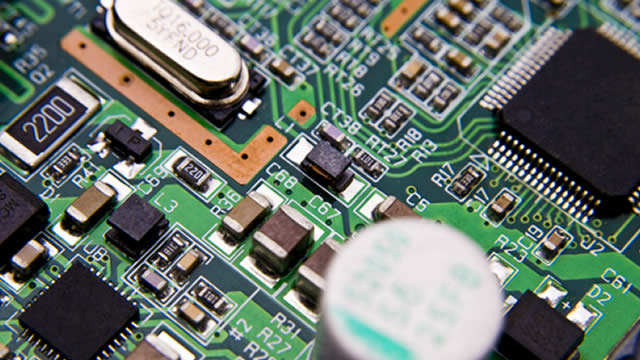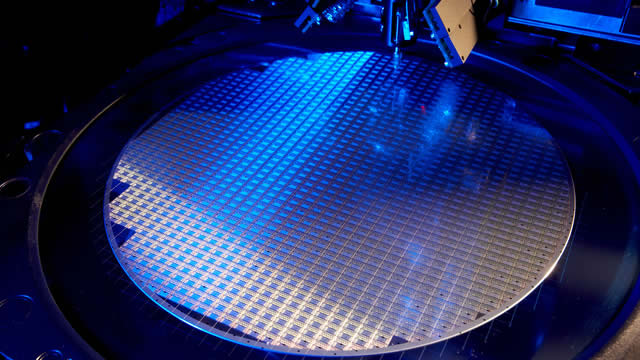ADI Stock Recent News
ADI LATEST HEADLINES
Chipmaker Analog Devices beat fiscal third-quarter estimates and guided higher than views for the current period. ADI stock rose.
The semiconductor company posts fiscal third-quarter earnings that beat Wall Street expectations.
Revenue of $2.88 billion, with double-digit year-over-year growth across all end markets Operating cash flow of $4.2 billion and free cash flow of $3.7 billion on a trailing twelve-month basis or 40% and 35% of revenue, respectively Returned $1.6 billion to shareholders during the third quarter via $0.5 billion in dividends and $1.1 billion in repurchases WILMINGTON, Mass. , Aug. 20, 2025 /PRNewswire/ -- Analog Devices, Inc. (Nasdaq: ADI), a global semiconductor leader, today announced financial results for its fiscal third quarter 2025, which ended August 2, 2025.
Listen on the go! A daily podcast of Wall Street Breakfast will be available by 8:00 a.m.
Looking beyond Wall Street's top-and-bottom-line estimate forecasts for Analog Devices (ADI), delve into some of its key metrics to gain a deeper insight into the company's potential performance for the quarter ended July 2025.
Analog Devices' Q3 results are set for strong growth on industrial and healthcare demand, with inventory recovery boosting momentum.
Analog Devices (NASDAQ:ADI) is scheduled to announce its Q3 earnings on Wednesday, August 20, 2025 (October year). Earnings are expected to be approximately $1.95 per consensus estimates, reflecting a 23% increase compared to the previous year, while revenue is anticipated to rise by 20% to $2.76 billion.
Analog Devices (ADI) possesses the right combination of the two key ingredients for a likely earnings beat in its upcoming report. Get prepared with the key expectations.
S&P 500's latest record high and cooling inflation spark optimism, spotlighting five stocks with strong 2025 growth prospects.
When deciding whether to buy, sell, or hold a stock, investors often rely on analyst recommendations. Media reports about rating changes by these brokerage-firm-employed (or sell-side) analysts often influence a stock's price, but are they really important?









